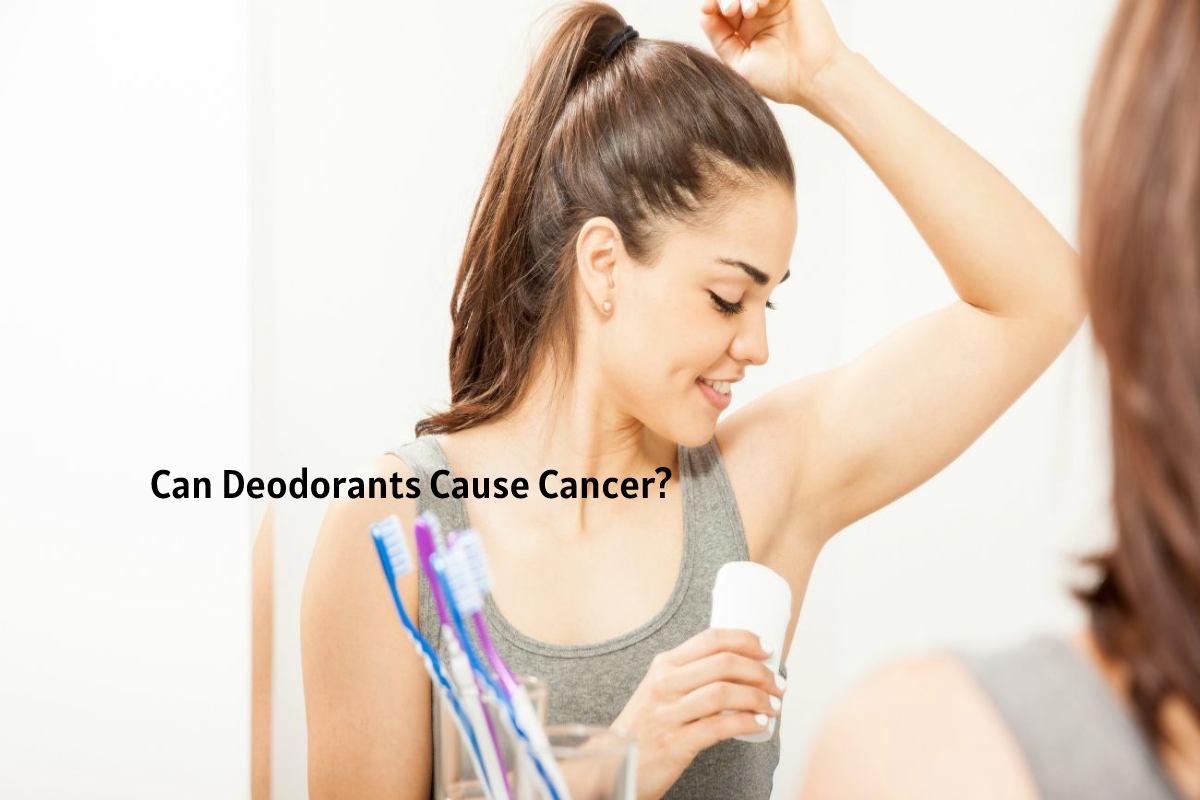Table of Contents
Introduction
Some studies indicate that chemicals in deodorants, such as aluminium, are absorbed through the armpit skin while shaving. Accordingly, researchers expressed concern that absorbed chemicals may cause mutations, which could lead to breast cancer.
Other research has found a link between breast cancer and these products, as most breast tumours begin in part near the armpit area. Some researchers also assert that men are less likely to develop breast cancer, as they do not usually shave their armpit hair.
Here we will provide studies on the possible relationship between breast cancer and deodorant chemicals.
What is the Link between Aluminium and Cancer?
Aluminium compounds are the active elements of deodorants and form a temporary stopper in the ethnic channel. Preventing sweat from flowing into the skin’s surface.
A 2005 study shows that aluminium compounds in deodorants are a concern, as skin absorption of the chemical may play a role in developing breast cancer. In addition, researchers say aluminium is toxic to genes, as it can cause changes in DNA. As well as other genetic changes. They, therefore, stress the need for further research to assess the long-term effects of the use of these products.
But on the other hand, a systematic review from 2014 suggests that there is no need to worry about the presence of these compounds in deodorants.
To illustrate this, this review reviewed studies that examined the potential health risks of exposure to aluminium compounds in products. And cited numerous research that concluded that there was no link between the use of aluminium-containing deodorants and an increased risk of breast cancer.
What is the Link between Parabens and Cancer?
Manufacturers use parabens as preservatives in food and personal care products, including some deodorants, and the skin may absorb these preservatives.
A 2008 report indicates that paraben mimics estrogen activity, which is worrying because estrogen increases the growth of breast cells, including cancer cells. Despite this effect, the authors concluded that the concentrations of parabens in the products they examined were safe.
A 2004 research found small amounts of parabens in samples of breast tumours. Although parabens have poor estrogenic activity, estrogen produced in the body is hundreds to thousands of times more substantial.
Parabens are involved in the synthesis of many products. And the study did not find the specific source of parabens found in breast tumours.
Of course, it cannot be determined; is the source deodorant or not?
Why Should you avoid Deodorants before Mammograms?
The food and drug administration (FDA) advises avoiding deodorants, powders, lotions, underarm perfumes, or on the breast on the day of mammography.
According to the American cancer society (ASC), many of these products contain aluminium, appearing as small patches in the mammogram. As a result, spots can resemble small calcium deposits. A sign of cancer.
Therefore, the lack of deodorant makes us avoid getting incorrect results when photographing our breasts.
Is there a Relationship between Deodorants and Cancer?
Scientists have developed a theory of a possible link between deodorants. And cancer says that cancer-causing chemicals in products absorb due to the use of razors when shaving the armpit.
Another confirmation is that chemicals enter the underarm lymph nodes and cannot be removed from sweating. It leads to a high concentration of toxins leading to cellular mutations and cancer.
A case study from 2002 indicates no evidence to support the above theory. For example, researchers examined underarm products in 812 people with breast cancer and 793 people without breast cancer.
As a result, they found no difference in risk between those who shaved their armpit hair with a non-electric blade. And those who used the electric razor.
In addition, they did not record any association between the use of underarm products and the increased risk of breast cancer.

